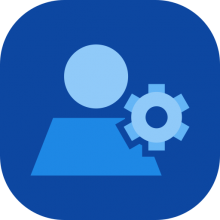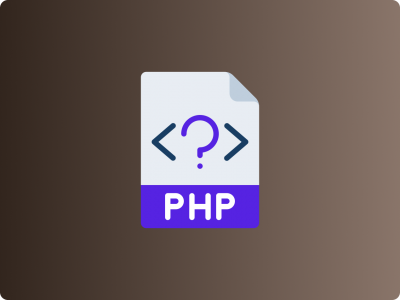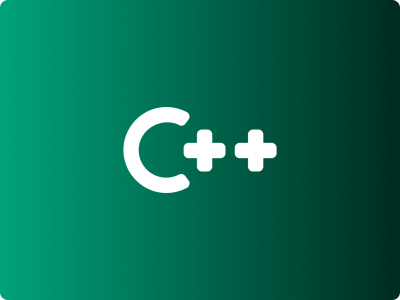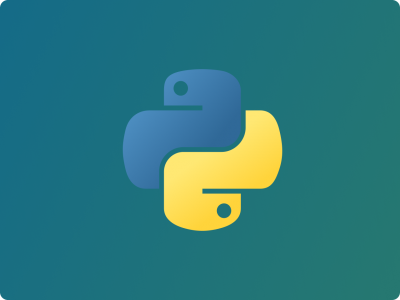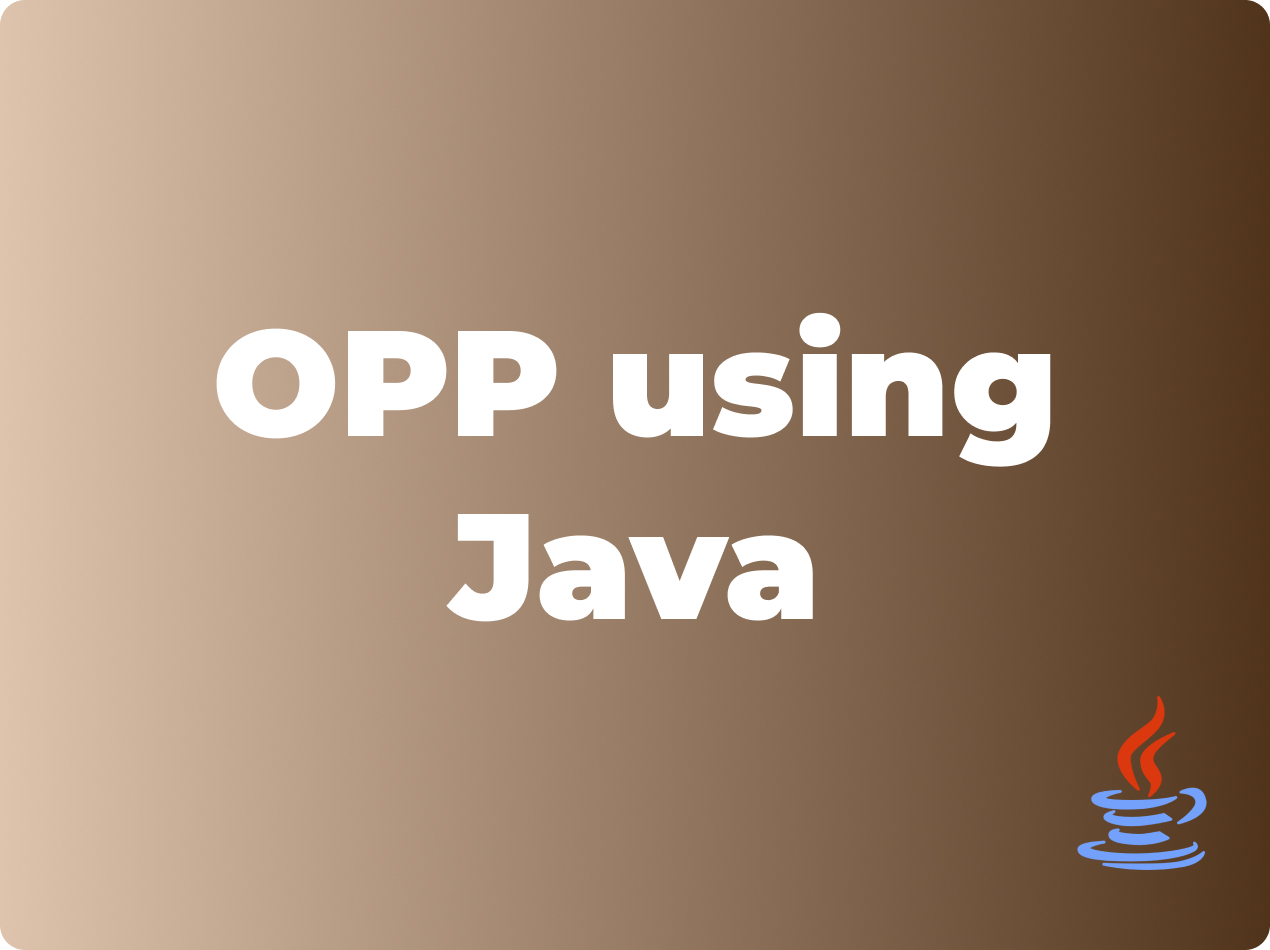PHP Programming from Scratch
This course introduces the fundamentals of PHP programming, covering essential topics like syntax, control structures, functions, and database integration. Perfect for beginners, this course will help students build dynamic web applications using PHP.
English
Last updated
Thu, 24-Oct-2024
